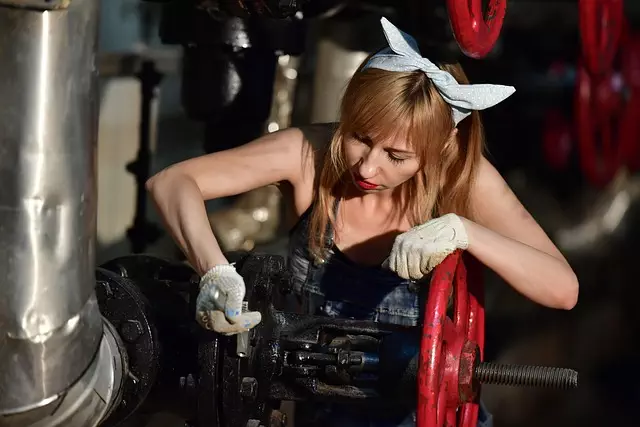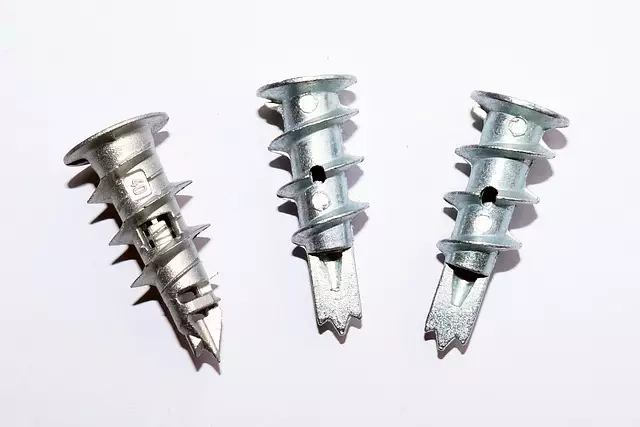Pier reinforcement services are essential for maintaining the structural integrity of buildings with pier and beam construction, addressing issues like stem wall damage caused by soil settlement, moisture, or age. Stem Wall Repair involves a meticulous process starting with inspection, debris removal, and installation of advanced materials like fibre-reinforced cement and steel rebar to enhance strength and stability. Prompt action is crucial for preventing further damage and ensuring building safety. Successful cases highlight the effectiveness of these services in rehabilitating historic properties and commercial structures. Regular inspections and proper landscaping are recommended post-repair to maintain long-term structural integrity.
Pier reinforcement services are essential for ensuring the structural integrity of your home, especially in areas prone to seismic activity or unstable soil conditions. This article delves into the critical role of stem wall repair, a specialized service addressing signs of damage like cracks, tilting, and uneven floors. We guide you through the process, materials, common issues, benefits, and successful case studies. Understanding stem wall reinforcement is key to maintaining your home’s stability and safety.
Understanding Pier Reinforcement and Its Importance

Pier reinforcement is a critical service in ensuring the structural integrity and longevity of buildings, particularly those with pier and beam construction. It involves strengthening and stabilizing the piers, which are vertical supports that transfer weight to beams, creating a unique framework often seen in older homes and commercial structures. Understanding stem wall repair is essential in this process, as it addresses one of the primary components of these support systems.
Stem walls, which are vertical elements connected to the piers, can degrade over time due to various factors like soil settlement, excessive moisture, or age. When these walls weaken, the entire structure becomes vulnerable. Pier reinforcement services aim to identify and rectify such issues, preventing further damage and ensuring the safety and stability of the building for years to come. This involves using specialized techniques and materials to strengthen piers and stem walls, enhancing their load-bearing capacity and protecting against potential structural failures.
Identifying Signs of Stem Wall Damage

Stem wall damage can often go unnoticed until it becomes a significant structural issue. However, there are some clear signs that indicate trouble within these critical components of your property’s foundation. One of the most visible indicators is cracks in the stem wall, which may appear as vertical or horizontal lines, or even bulging sections. These cracks can be caused by various factors like settlement, shifting soil, or poor construction. Another red flag is uneven floors or walls, where one side appears higher or lower than the other. This discrepancy could suggest that the stem wall is no longer supporting the structure evenly.
Additionally, doors and windows that stick or fail to close properly might point towards stem wall damage. Over time, as the wall settles, it can affect the alignment of these openings, leading to misalignment issues. Water intrusion is another critical sign; moisture seepage through cracks or gaps in the stem wall can lead to rot, mold growth, and structural degradation. Promptly addressing any of these signs is crucial for ensuring the longevity and stability of your property, and often, the first step towards effective stem wall repair.
The Process of Pier Repair: Step-by-Step

The process of pier repair, often involving stem wall repair, is a meticulous and critical task for ensuring structural integrity. It begins with a thorough inspection to identify the extent of damage. This includes assessing cracks, leanings, or any signs of instability in the piers and surrounding foundation. Once identified, professionals begin by removing any debris or weakened material from the affected areas.
The next step involves preparing the surface, which may include cleaning, etching, or applying specific treatments to improve adhesion. New materials, such as steel beams or reinforced concrete, are then carefully installed to strengthen and stabilize the piers. This is often done using advanced techniques like pile driving or precision pouring to ensure the new structure seamlessly integrates with the existing foundation. Finally, the repaired areas are thoroughly tested for strength and stability before any additional construction or retrofitting is completed.
Materials Used in Modern Stem Wall Repair

In contemporary stem wall repair, a variety of advanced materials are employed to ensure structural integrity and longevity. One commonly used material is fibre-reinforced cement, which combines the strength of concrete with the flexibility of fibre mesh or mats. This innovative compound allows for better crack resistance and movement accommodation, making it ideal for repairing walls exposed to seismic activity or extreme weather conditions.
Additionally, modern stem wall repair often incorporates steel reinforcement bars (rebar) and polymeric adhesives. Rebar provides exceptional tensile strength, enhancing the overall stability of the repaired area. Polymeric adhesives offer superior bonding capabilities, enabling seamless integration of new materials with existing structures. These cutting-edge solutions contribute to the durability and reliability of stem wall repairs, ensuring buildings withstand the test of time.
Common Issues Requiring Pier Reinforcement Services

Many homes, particularly those built on unstable soil or in areas prone to extreme weather conditions, suffer from structural issues that necessitate pier reinforcement services. One common problem is stem wall repair, where the vertical supports (or stem walls) that hold up the structure start to crack, shift, or become damaged over time. This can be caused by various factors such as settling soil, poor initial construction, or heavy loads from above. When stem walls are compromised, it compromises the entire structural integrity of the building.
Other issues may include settlement cracks in foundations, uneven floors, and doors that stick or don’t close properly. These problems often indicate that the piers supporting the structure have weakened or moved, leading to misalignment and instability. Pier reinforcement services address these issues by stabilizing and strengthening the existing pier system, ensuring the home remains secure and safe for its occupants.
Benefits of Timely Stem Wall Restoration

Pier reinforcement services often highlight the critical role of stem wall repair in maintaining structural integrity, especially for older buildings. Timely stem wall restoration offers numerous benefits that contribute to the longevity and stability of any structure. Prompt action ensures that potential issues like cracks, settlement, or lean are addressed before they escalate, preventing further damage and costly repairs.
A well-executed stem wall repair strengthens the foundation by reinforcing the vertical support, thereby enhancing overall structural performance. This is particularly important for buildings situated in areas prone to seismic activities or other environmental factors that might compromise the integrity of the walls. By investing in stem wall restoration, property owners can ensure their homes or commercial spaces remain safe and secure, providing peace of mind and safeguarding assets.
Case Studies: Successful Pier Repair Projects

Pier reinforcement services have proven their worth through numerous successful case studies, showcasing the transformation of structures previously considered beyond repair. One notable example is a historic coastal property where extensive Stem Wall Repair was required due to years of erosion and neglect. The project involved replacing corroded steel beams with new, reinforced concrete ones, coupled with a comprehensive structural stabilization system. This not only secured the pier but also preserved the building’s architectural integrity, ensuring its longevity for future generations.
Another successful case involves a commercial dock that was suffering from severe rot and instability. Through careful assessment, our experts implemented a series of strategic enhancements, including advanced pier repair techniques and the integration of modern materials. The result was a robust and secure structure capable of supporting increased weight capacity, enhancing safety, and revitalizing the entire facility for continued commercial use. These case studies highlight the versatility and effectiveness of pier reinforcement services in addressing a wide array of structural challenges.
Maintaining Your Home's Structural Integrity Post-Repair

After a stem wall repair, maintaining your home’s structural integrity is paramount. This involves regular inspection to ensure that all repairs have held and there are no new cracks or signs of damage. Regular maintenance also includes keeping an eye on any moisture intrusion, as this can weaken the structure over time. Promptly addressing any issues detected during these checks is crucial for long-term stability.
Post-repair care should also incorporate appropriate landscaping to protect your home from potential structural threats like heavy rainfall or strong winds. Proper drainage around the foundation, for instance, can prevent water accumulation that might compromise the stem wall and overall integrity of your dwelling. Regular trimming of trees and shrubs near the house is another important step to ensure there’s enough space for air circulation, reducing the risk of damage from falling debris.
